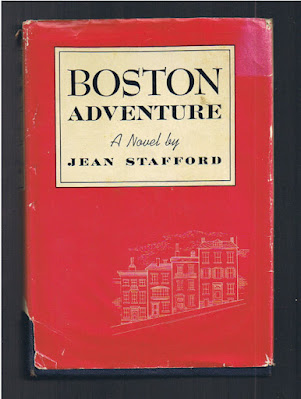V-MAIL
438th AAA AW BN
APO 513 % Postmaster, N.Y.
20 July, 1945 1100
Nancy
My dearest Sweetheart –
We’ve just been inspected – that’s the inspection we were supposed to have yesterday – and after the usual snow-job which I’m so used to giving – we got an Excellent rating. There’s far more chicken to put up with here – than in Combat, but if it’s a necessary evil before going home – I can keep taking it.
I missed you a lot last night, darling. The moon was only half-full but hell – I miss you even when there’s no moon at all. How I long to just be with you, hold your hand, go walking – talking; damn it. I get so darned impatient at times, darling – I don’t know what to do.
There’s still no news here – but each day sees more outfits headed for the Pacific and that’s O.K. with me, dear. One of these days, weeks or months I ought to be heading home to stay.
All for now –
We’ve just been inspected – that’s the inspection we were supposed to have yesterday – and after the usual snow-job which I’m so used to giving – we got an Excellent rating. There’s far more chicken to put up with here – than in Combat, but if it’s a necessary evil before going home – I can keep taking it.
I missed you a lot last night, darling. The moon was only half-full but hell – I miss you even when there’s no moon at all. How I long to just be with you, hold your hand, go walking – talking; damn it. I get so darned impatient at times, darling – I don’t know what to do.
There’s still no news here – but each day sees more outfits headed for the Pacific and that’s O.K. with me, dear. One of these days, weeks or months I ought to be heading home to stay.
All for now –
All my deepest love
Greg
Shortly after 4:00 p.m., on 20 July 1945, General Eisenhower, General Patton, and Presdient Truman stood at attention while the American flag was raised over the U.S. Group Control Council Headquarters in the conquered city of Berlin. In fitting symbolism, this was the same flag that had flown over the United States Capitol on the day the Japanese attacked Pearl Harbor. Here is the speech given by President Truman:
GENERAL EISENHOWER, OFFICERS AND MEN:
This is an historic occasion. We have conclusively proven that free people can successfully look after the affairs of the world.
We are here today to raise the flag of victory over the capital of our greatest adversary. In doing that we must remember that in raising that flag we are raising it in the name of the people of the United States who are looking forward to a better world, a peaceful world, a world in which all people will have the opportunity to enjoy the good things of life, and not just a few at the top.
Let us not forget that we are fighting for peace and for the welfare of mankind. We are not fighting for conquest. There is not one piece of territory or one thing of a monetary nature that we want out of this war.
We want peace and prosperity for the world as a whole. We want to see the time come when we can do the things in peace that we have been able to do in war.
If we can put this tremendous machine of ours, which has made victory possible, to work for peace, we can look forward to the greatest age in the history of mankind. That is what we propose to do.
This is an historic occasion. We have conclusively proven that free people can successfully look after the affairs of the world.
We are here today to raise the flag of victory over the capital of our greatest adversary. In doing that we must remember that in raising that flag we are raising it in the name of the people of the United States who are looking forward to a better world, a peaceful world, a world in which all people will have the opportunity to enjoy the good things of life, and not just a few at the top.
Let us not forget that we are fighting for peace and for the welfare of mankind. We are not fighting for conquest. There is not one piece of territory or one thing of a monetary nature that we want out of this war.
We want peace and prosperity for the world as a whole. We want to see the time come when we can do the things in peace that we have been able to do in war.
If we can put this tremendous machine of ours, which has made victory possible, to work for peace, we can look forward to the greatest age in the history of mankind. That is what we propose to do.



















